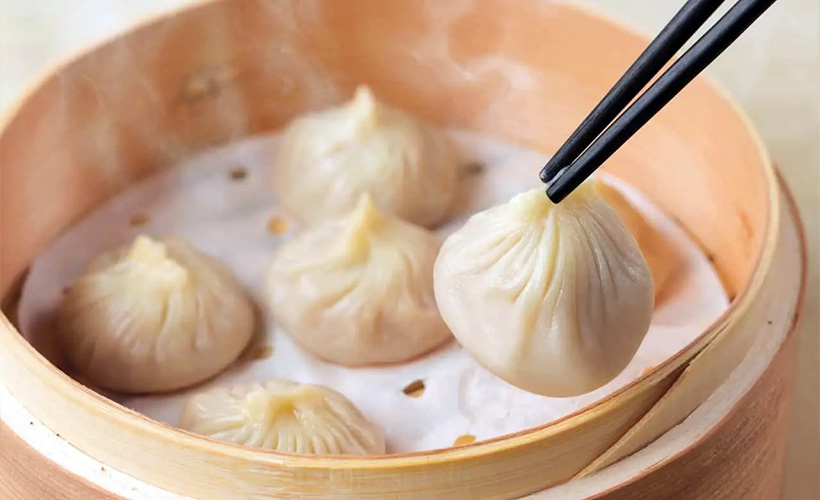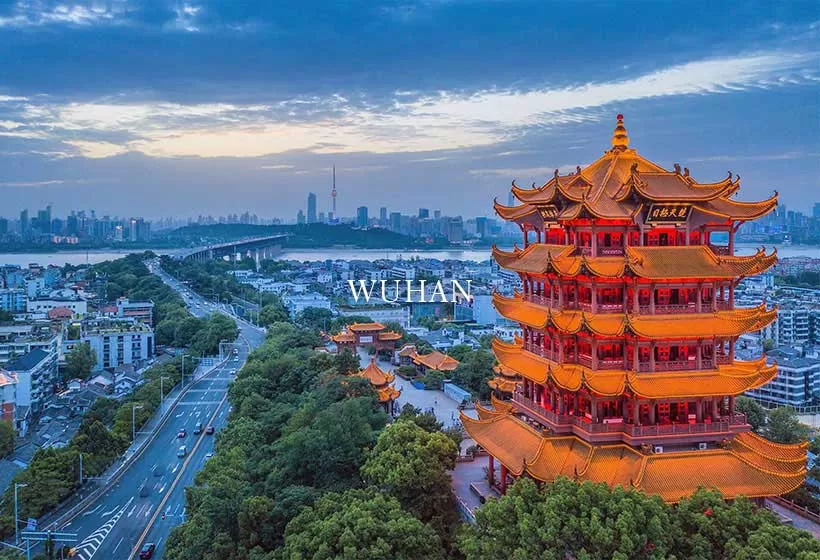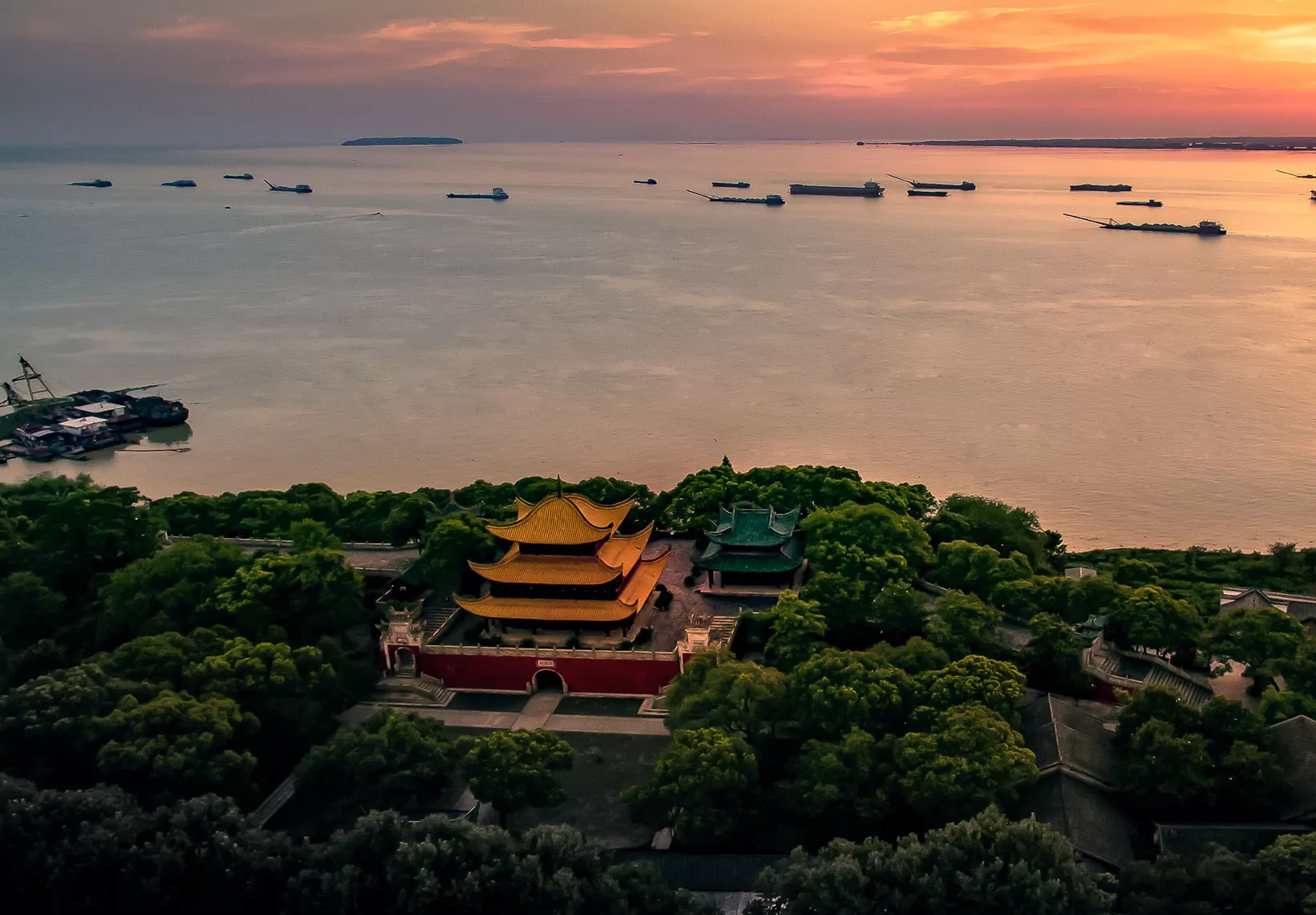Wuhan Travel Guide
Wuhan, abbreviated as "Han" and also known as the "River City", is the capital of Hubei Province and a major central city in China. It is recognized as a National Famous Historical and Cultural City and plays a key role in the development of Chu culture. Since the Spring and Autumn and Warring States periods, Wuhan has been a vital military and commercial hub in southern China.
Located in the eastern part of the Jianghan Plain along the middle reaches of the Yangtze River, Wuhan sits at the confluence of the Yangtze and Han rivers. This unique geographical setting gives rise to the Three Towns of Wuhan standing across the rivers in a triangular formation. The city is crisscrossed by rivers and dotted with lakes and ports, with water bodies covering one-quarter of its total area, earning it the title of an International Wetland City. As the geographic center of China's economy, Wuhan is known as the "Thoroughfare to Nine Provinces" and is the largest inland transportation hub in China for water, land, and air.
History and culture, what should know
Wuhan has a long history, with evidence of human habitation dating back to the 3rd millennium BCE. During the Han dynasty (206 BCE-220 CE), Wuhan became a center of trade and commerce, and in the late 19th and early 20th centuries, it developed into a major industrial city. During World War II, Wuhan was a center of resistance against Japanese invasion. After the Communist takeover in 1949, Wuhan became an important center for heavy industry and education. In recent years, Wuhan has grown into a major metropolis, with a population of over 11 million people, and is a center of politics, economics, and culture in central China.
Wuhan boasts a long and rich history and is one of the birthplaces of Chu culture, with a city-building history spanning over 3,500 years. The Panlongcheng ruins from the Shang Dynasty bear witness to its early civilization, while Yellow Crane Tower stands as the foremost of the three great towers south of the Yangtze River. During the Ming and Qing dynasties, Wuhan was known as "the most prosperous place in central Chu". In modern times, it became the cradle of the 1911 Revolution, and after Hankou was opened as a treaty port, it developed into a major commercial hub. Its culture blends the legacy of the Yangtze River civilization with the vibrancy of port life, giving Wuhan a distinct character of diversity and inclusiveness.
Top attractions, what must see
Wuhan is home to many time-honored buildings, whether it's the towering Yellow Crane Tower or the weathered walls of Guiyuan Temple, each carries the mark of time etched into the city. Modern visitors, on the other hand, are drawn to the grandeur of the Yangtze River Bridge, the scenic beauty of Wuhan University, the bustling crowds of Jianghan Road Pedestrian Street, and the tantalizing aromas of Hubu Lane. Wuhan's natural beauty is equally captivating, from the vast blue waters of East Lake and the reed-filled banks of Hankou River Beach, to the rugged, forested landscape of Mulan Heaven Lake. In Wuhan, all you need is a relaxed heart, take it one step at a time, and you'll discover a city where history and modernity, flavors and scenery blend in perfect harmony.
Weather, the best time to visit Wuhan
Wuhan has abundant rainfall and ample heat throughout the year, with cold winters, hot summers, and distinct seasons. Wuhan is known as one of China’s “Three Furnaces” due to its extremely hot and humid summers. There can be several days when temperatures soar above 40°C (104°F), and even standing by the Yangtze River offers no relief from the stifling heat. In contrast, winters in Wuhan are damp and chilly, making it less ideal for travel.
Therefore, the best times to visit Wuhan are in spring and autumn. In spring, you can admire the cherry blossoms on the campus of Wuhan University, located on Luojia Hill in Wuchang. In autumn, it's ideal to visit the Xingyin Pavilion by East Lake to pay tribute to the great poet Qu Yuan.
Food and restaurants, what and where to eat
Wuhan is not only an important economic center in China but also a renowned "City of Gastronomy". Its cuisine blends flavors from both the north and the south, combining the richness of the Jianghan Plain's produce with the bold character of dockside culture. From steaming breakfasts at dawn to bustling night markets filled with the scent of street food, the culinary life of Wuhan unfolds like a vibrant gourmet scroll.
From the rich sesame aroma of hot dry noodles to the crispy yet glutinous texture of sanxian doupi, from the fresh, delicate taste of steamed Wuchang fish to the tender sweetness of lotus root soup with pork ribs, every bite is a poetic tribute to the flavors of Jingchu land.
Customize Your River City Wuhan Tour

If you are interested in the Wuhan itineraries mentioned above, please contact us, and we will be happy to customize it and provide a quote tailored to your preferences.
Alternatively, if you would like to customize your Wuhan Tour, please visit our Wuhan Tour Customized Center. We assure you that you will receive a reply within 24 working hours.
Informative Articles for Your Wuhan Trip
 Tangbao
Tangbao- Travel Guide: attractions, weather, culture, etc.
- Weather: best time and seasons to visit Wuhan
- Top attractions: sightseeings to watch in Wuhan
- Local culture: brief history, folk culture, food, etc.
- Top destinations: best places to visit in Wuhan
- Travel itineraries: itineraries for your reference
- Unique perspective: top interesting things to do
- Local food: what to eat while traveling in Wuhan
- Luxury hotels: accommodation to stay in Wuhan
- Wuhan Tours: customized tours for your reference
GREAT FAMILY CHINA TOUR
JULY 2024 We wanted to thank Grace at China Culture tour for organizing a great tour of China. We enjoyed our Beijing - Xian-Chengdu -Guilin -Yangshuo - Shanghai trip. Our local guides Bruce in Beijing, Susan in Xian, Jane in Chengdu, Mike in Guilin and Mary in Shanghai took care of us…read more details »
Teng Han L from SINGAPORE
Ready to Create a Unique Dream Travel?


